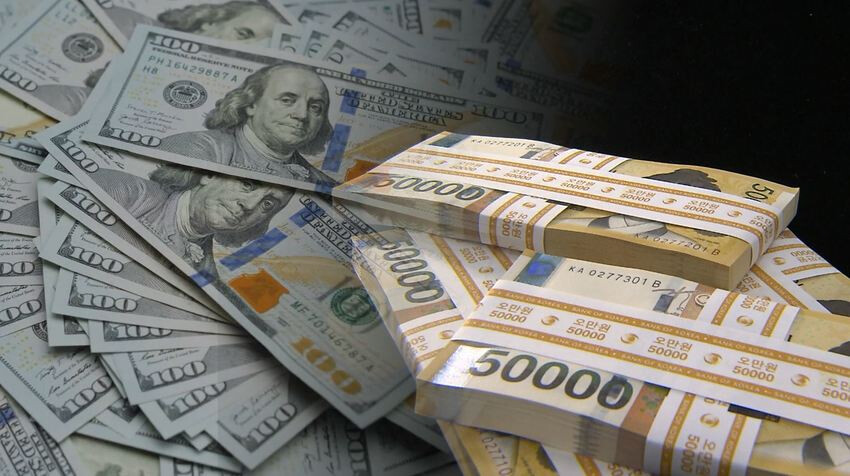
Seoul, South Korea – The South Korean government has announced a series of measures to ease restrictions on foreign exchange inflows in an effort to stabilize the volatile foreign exchange market. The move comes after the won-dollar exchange rate surpassed 1,450 won, reaching a 15-year high.
In a joint statement released on Tuesday, the Ministry of Economy and Finance, the Financial Services Commission, the Bank of Korea, and the Financial Supervisory Service 1 said they had agreed to relax foreign exchange regulations. The decision follows growing concerns over the widening imbalance between foreign exchange inflows and outflows.
The government has been under pressure to ease restrictions on foreign exchange inflows as increased overseas investments by pension funds and individual investors, coupled with stricter regulations on inflows, have contributed to a supply-demand imbalance in the foreign exchange market.
Key measures include:
Increased forward exchange position limits: The government will raise the forward exchange position limits for domestic banks from 50% to 75% and for foreign bank branches from 250% to 375%. These limits were introduced in 2010 to curb excessive capital inflows and short-term borrowing.
Relaxed foreign currency loans: Restrictions on foreign currency loans that are converted into won will be eased. The government will allow large, medium, and small-sized enterprises to obtain foreign currency loans for domestic investment purposes, with the possibility of extending this to export-oriented companies.
Regulatory relief: The government will also postpone until next June the implementation of a rule that requires financial institutions to submit liquidity plans if they fail stress tests on their foreign exchange positions.
"These measures aim to enhance the flexibility of the foreign exchange market and support economic stability," said Kim Beom-seok, the first vice minister of economy and finance. "The government will continue to monitor market conditions and adjust policies as needed."
[Copyright (c) Global Economic Times. All Rights Reserved.]






























